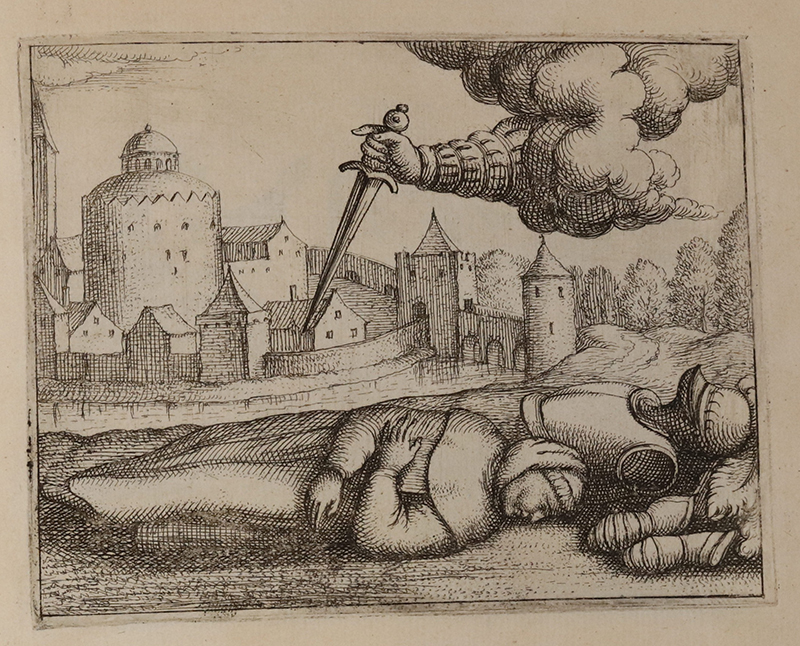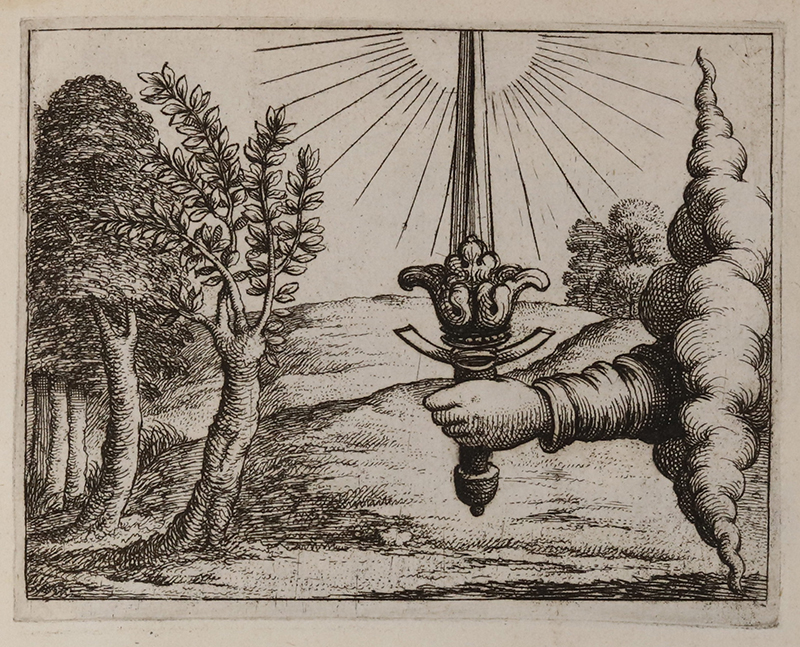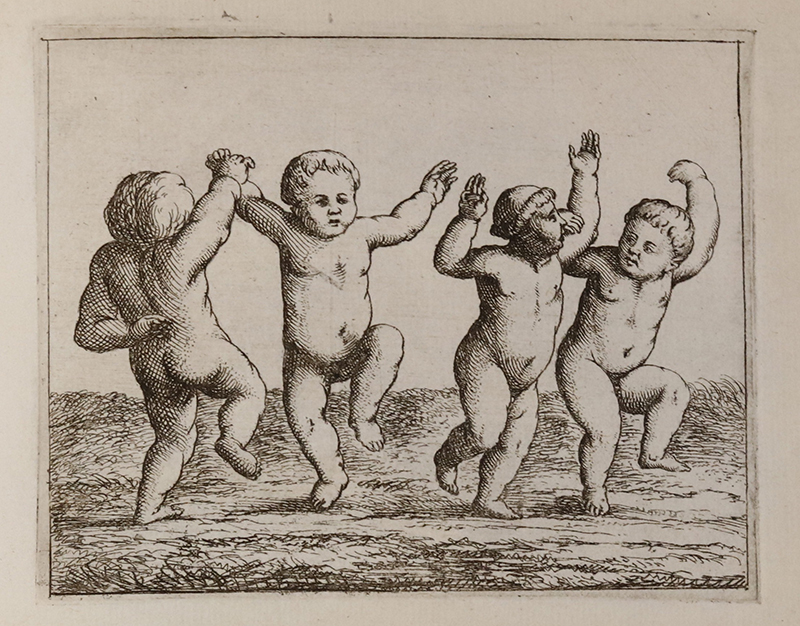
These are unprecedented times. For many, if not most of us, the past several weeks have been marked by anxiety and uncertainty. While this experience is far from pleasant, it is also deeply human. The course of human history has never run smoothly, and each century has seen its share of disasters.
The 16th century was a particularly tumultuous time for Europe. Martin Luther’s religious reformation shattered Western Christendom, the Great Peasant’s Revolt tore through large swaths of the German-speaking lands, and outbreaks of plague occurred regularly. This stew of unrest was then followed in the 17th century by the Thirty Years War, one of the most devastating conflicts fought on the continent.
One way that Europeans tried to cope with an increasingly unstable world was to try and see what the future might bring. The 16th century, in particular, saw the publication of several printed prophecies that fall under the category of “Flugschriften”—cheap publications that were essentially little more than modest pamphlets. These tended to revive and reinterpret prophecies that were first written during the medieval period, which were heavily influenced by Christian eschatology. According to medieval Christian thought, the world was on a fixed timeline that would inevitably culminate in the End of Days. This belief persisted into the early modern period, and many people in the 16th century thought that they were living in the End Times—or at least, that they were rapidly approaching.
The German physician and alchemist Paracelsus (1493-1591) did not publish many medical works during his lifetime, but he published quite a few prognostications. While his first forays into the genre were short pieces without any illustrations, he wanted to create a work that was visually engaging. Working with the Augsburg printer Heinrich Steiner, he produced the “Prophecy for the Next Twenty-Four Years,” a fully illustrated prophecy where each prophetic verse is accompanied by an allegorical image.

This prophecy echoes several themes that appear in numerous other prophecies—a renewal of Christendom, the rise of a heroic king, the calling of the Elect—but it isn’t overly specific. The key to a good prophecy is to make it vague enough that it can be interpreted to fit a variety of potential situations, which is why the prophecies of Nostradamus (1503-1566) continue to exert a pull on the popular imagination today.

“The Prophecy for the Next Twenty-Four Years” first appeared in 1536, but the images here come from a later edition that was printed in the latter half of the 16th century. What messages can you see in them?

Find more information about early modern prophecies in our digital exhibit, Prophetic Illustration in the Paracelsus Collection.
